Ah right, my two biggest hobbies in my entire life, anime and riding motorcycles. Both might be forms of escapism for me. Going out and riding under the sun brings me into a somewhat meditative state. Similarly, I watch anime mostly on the offline brain mode.
Of course, there are anime that digs deeper than being a comedic goldmine after a long day. Frieren: Beyond Journey’s End is one of those. Full of themes like grieving, appreciating time, and the company of others. You can shrug this anime off as a Japanese LOTR, but you’ll be missing the point.
However, there is one moment in Frieren that reminds me of something completely unrelated, seemingly unrelated. Just like how there was war between humanity and demons in this anime, around twenty to thirty years ago there was a war among motorcycle manufacturers. A speed war, you might say.
Face Melting Velocity: The Speed War Era
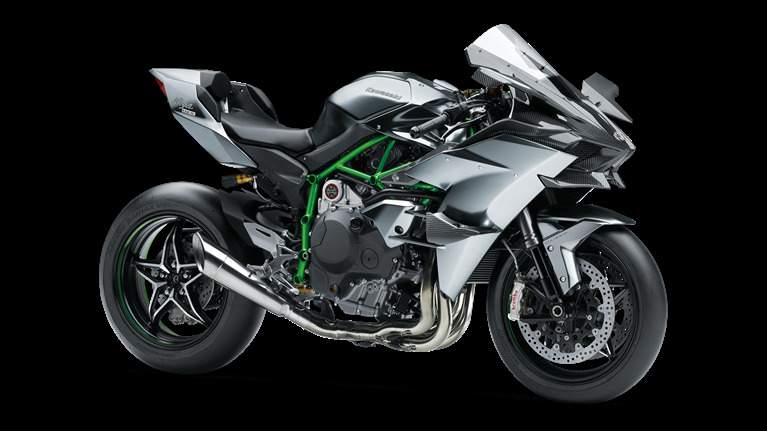
Today, we have the Kawasaki Ninja H2R, which I believe still holds the fastest production motorcycle title. However, back then, the competition for this title was a spectacle to look at.
If we go way back to the early 50s, the fastest motorcycles at that time would be the Vincent Black Lighting. It’s a 998 cc V-twin motorcycle with 70 bhp, and was the first to exceed 240 kmph (150 mph). This record lasted for about thirty years until Honda came in, and this is where it got interesting.
The Early Fast Bikes
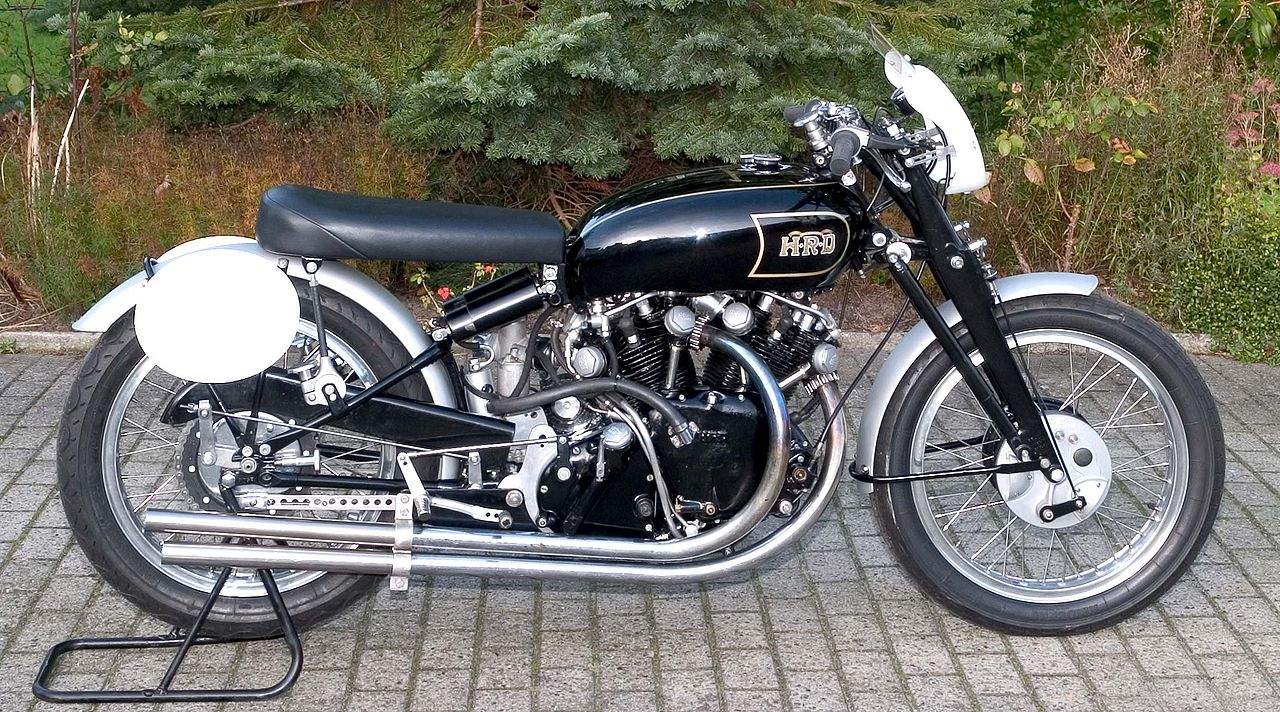
Honda broke Vincent Black Lighting’s speed record with their VF1000R in the 80s. However, shortly after that, Kawasaki barged in with their Ninja 900, which reached 254 kmph (158 mph). After that, a bunch of other manufacturers scrambled to one-up Kawasaki.
Yamaha got their FZR1000 in the late 80s and 90s. Bimota tried its shot as well. The YB6 EXUP and YB8 Furano both exceed 270 kmph (170 mph). But then, Kawasaki enlarged the Ninja’s engine to 1,052 cc with the ZX-11, and it took the spot of the fastest motorcycle with a top speed of 283 kmph (176 mph).
Inline Four Screamers
There was a trend where each bike not only got faster, but also got beefier engines. I think the Yamaha FZR1000 was the last to fall just under 1,000 cc. Also, there was no any other engine configuration beside inline four after Honda’s VF1000R, which had an V-four engine.
The inline four configuration has a unique “screamer” sound. You can almost guarantee anyone can spot an inline four, even if they don’t know it’s a bike with that configuration that they hear.
Fun fact, Kawasaki actually made a little tiny 250 cc inline four Ninja. I often see some of them on the roads. Size and looks wise, it almost a carbon copy of the regular parallel-twin ones, but the sound sure is distinct.
Near The End Of The Speed War
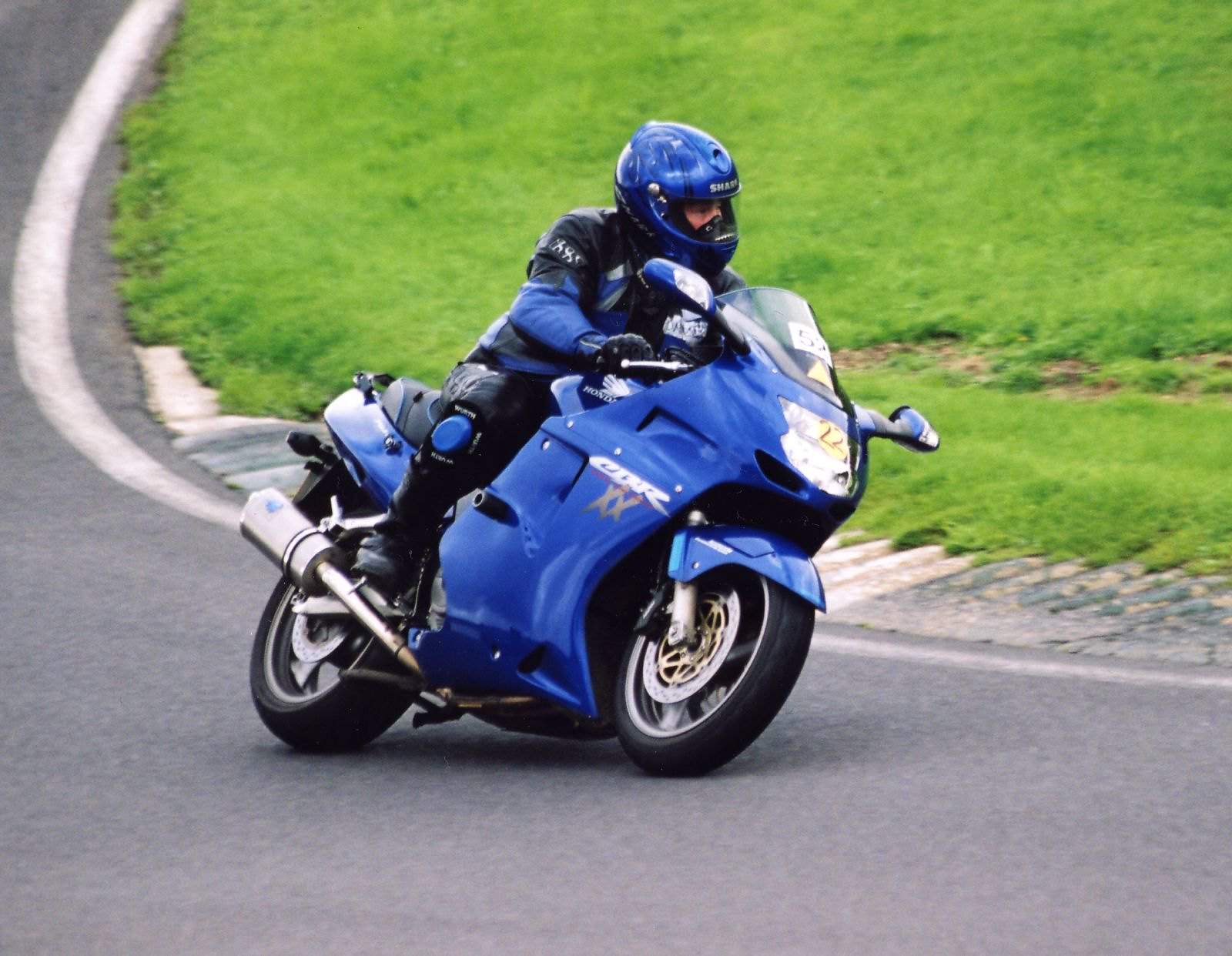
Anyway, after the Kawasaki ZX-11, Honda released the CBR1100XX Super Blackbird. I have a feeling that they were confident it would end the whole top speed contest debacle. After all, it reached 290 kmph (180 mph). And, with a 1,137 inline-four engine.
However, Suzuki suddenly pounced with something unexpected, something that would stick to our definition of a fast bike. The Suzuki Hayabusa. Not only it surprised everyone, the Hayabusa became so iconic it grew a cult-like fan base. Suzuki wasn’t even taking part in the whole competition. Out of nowhere, it just kind of popped off the big 1,299 cc inline four bike.
Suzuki Hayabusa
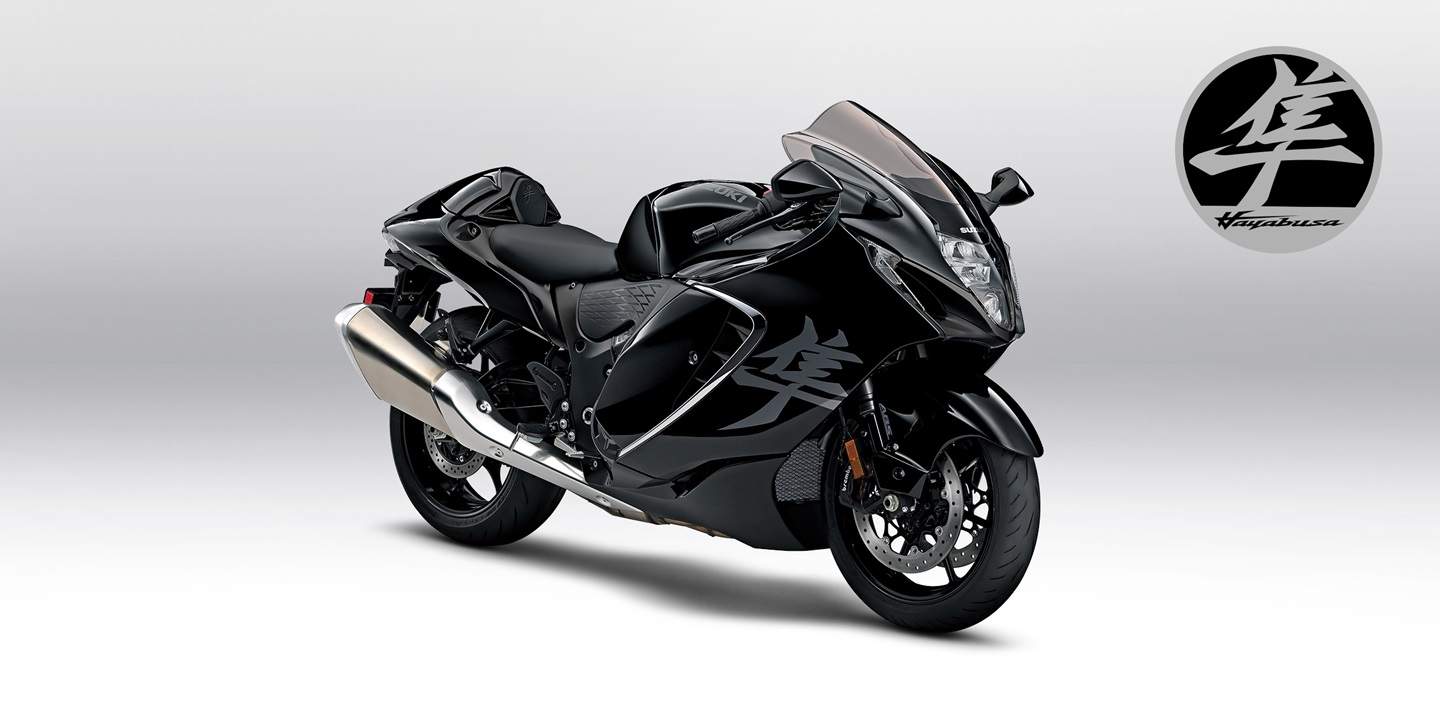
Well, let’s talk a bit about the Hayabusa, shall we. Back when it was first released in 1999, it already made a top speed of almost 300 kmph (186 mph). However, Cycle World actually made it run up to 194 mph. That’s over 300 kmph, oh my.
Surely, it won the speed war back in the 90s and early 2000s, making Honda’s Super Blackbird nothing but a runner-up. That’s all fun and games, but the idea of a production motorcycle goes almost as fast as an F1 car is rather terrifying, don’t you think?
The Gentleman’s Agreement
So, that leads to the event following the speed war. Supposedly, the Japanese government took notice on what’s going on with these Japanese bikes. So, the government, supposedly, sent a letter telling them to stop this whole debacle.
Yes, the companies seemed kind of chilled out a bit. The later generations of the Hayabusa limited its speed. After all, safety concerns became more and more prominent in motorcycle and car industries. But, it doesn’t stop them from making fast bikes.
Some Competition After The 2000s
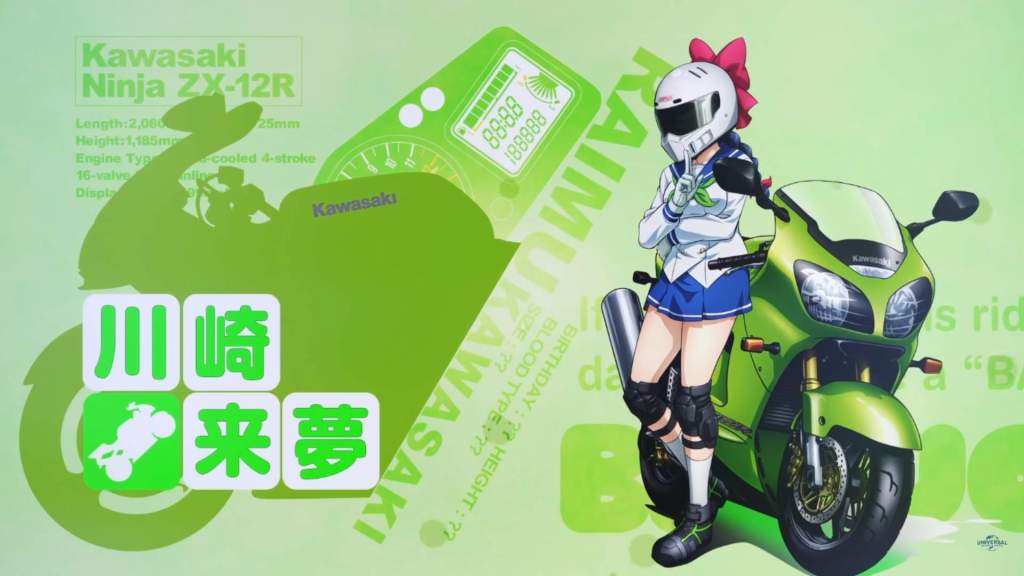
The Hayabusa went on to be the fast bike people know of. Even if this bike is 24 years old, and has gone through three major updates, we can still buy it new. Although, it would be the 2023 version. So, did Suzuki’s competitors back down after the Hayabusa release?
Well, not quite. Kawasaki made the Ninja ZX-12R. Oh my, this is one of my favorite bikes out there. After all, it’s the bike Raimu-senpai rides in Bakuon!! However, it failed to beat the Hayabusa in terms of speed.
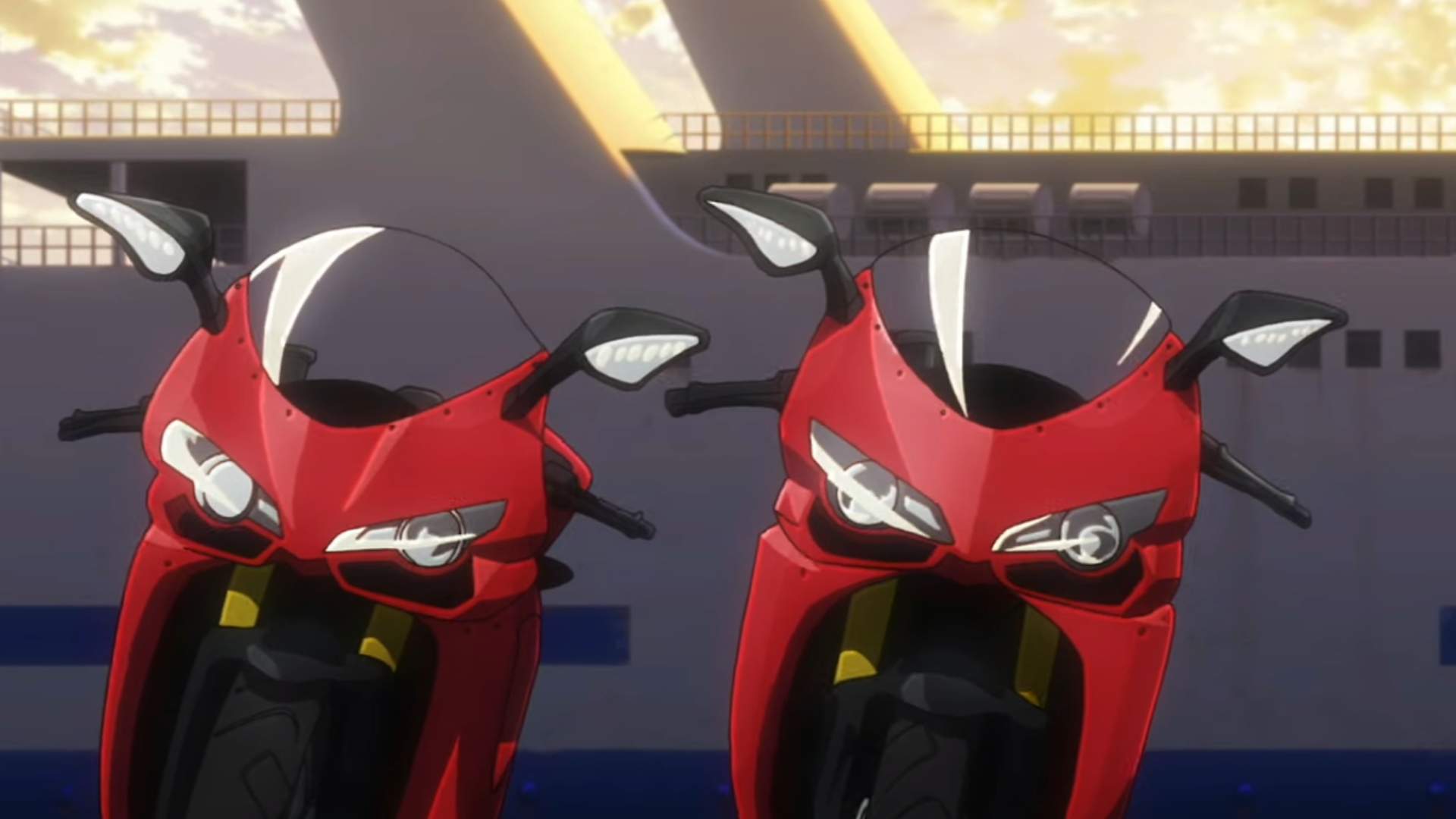
In mid-2000s and so on, many European bikes took a bite on this whole speed war. Notably, MV Augusta with their F4 R in 2007. BMW had the S1000RR in 2009. And, of course, we couldn’t leave out Ducati and their Panigale R.
All of these bikes blasted through the 300 kmph (186 mph) limit and reached 303 to 325 kmph (188 – 201 mph). Interestingly, the one that really made its way to the top was, still, a Japanese bike. Kawasaki came up with the H2R in 2015. The crazy part is that this bike reached 400 kmph (248 mph).
What Frieren Has To Do With The Speed War?
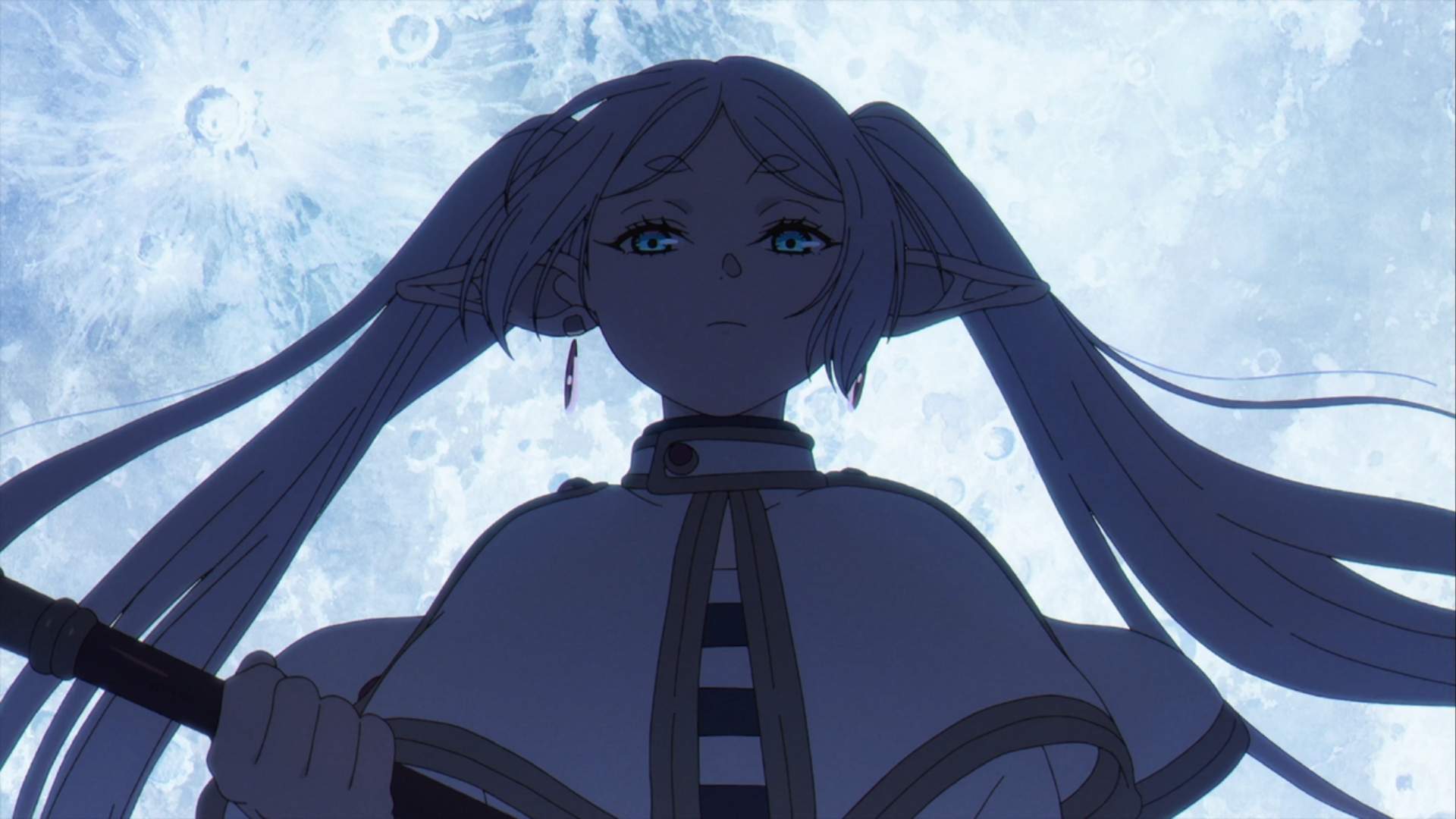
Alright, now that you know the context, so why did Frieren remind me of this overly discussed bit of motorcycle history? To put it simply, Suzuki Hayabusa is basically her in the speed war.
Frieren was relatively an unknown elf when her village got attacked by demons. She then met Flamme who raised and taught her into a deadly weapon against demons. However, Flamme gave her a very specific instruction, to not make a name of herself until it’s time to kill the demon king.
Just like how Suzuki practically absent from the most of the speed war. While Kawasaki and Honda battled it out in the 90s, Suzuki’s engineers and designers must’ve been pushing their life essences into making this bike. And by the time the bike came out, what an impact it had on the motorcycle world!
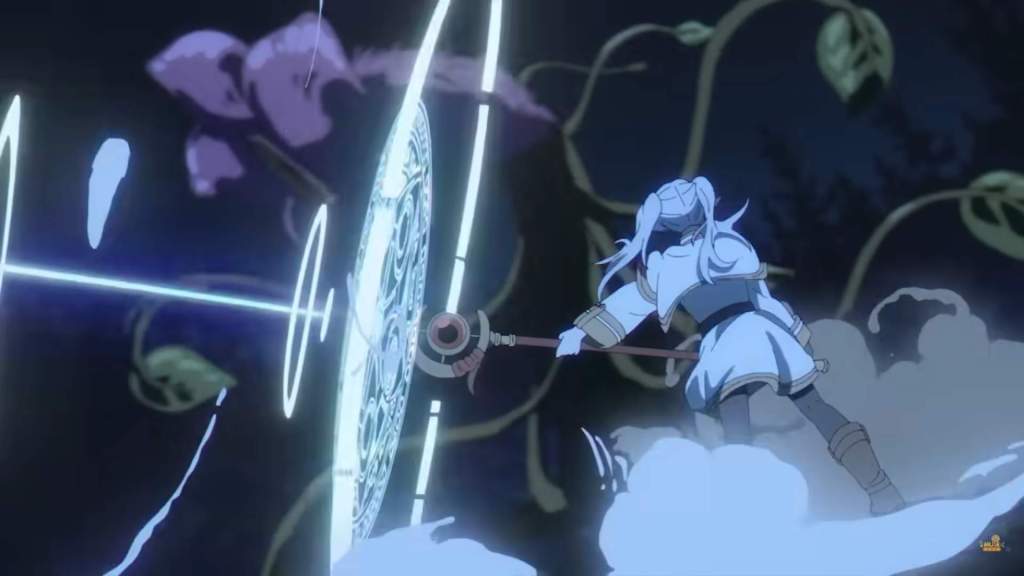
If I were to look at Frieren from the demon’s perspective, I might as well say, “who is this lost sassy child?” only to be blasted with Zoltraak to death. Even in her encounter with Aura. Man, Aura should’ve known better. But, then again, demons are comically arrogant in her world. So, their battle played out just as expected.
Squaring up against Frieren is like challenging a guy with a Hayabusa, pre restriction version, to a race. Well, sure, it’s an old bike. But, it would still beat most modern liter bikes today.

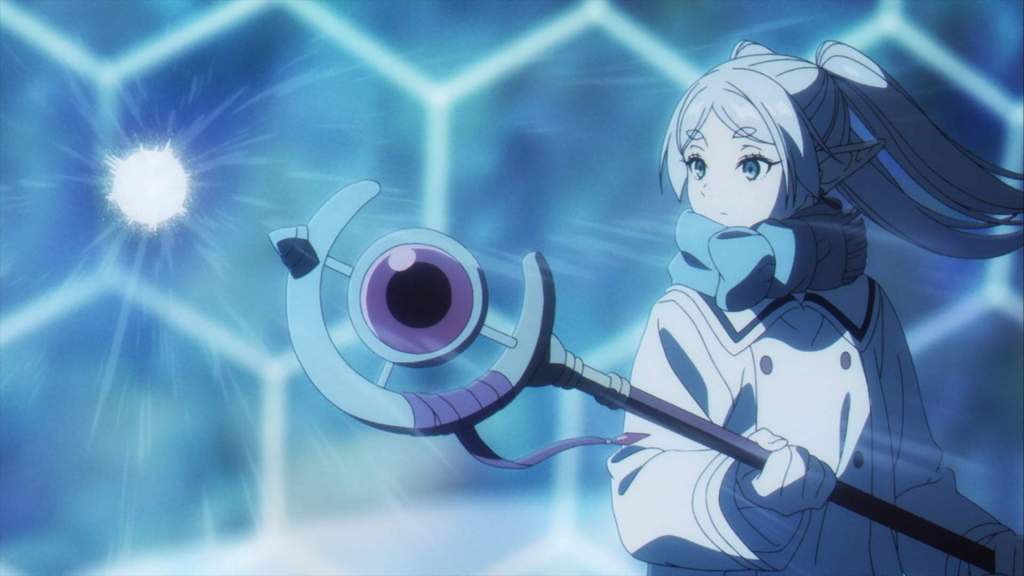
Leave a comment